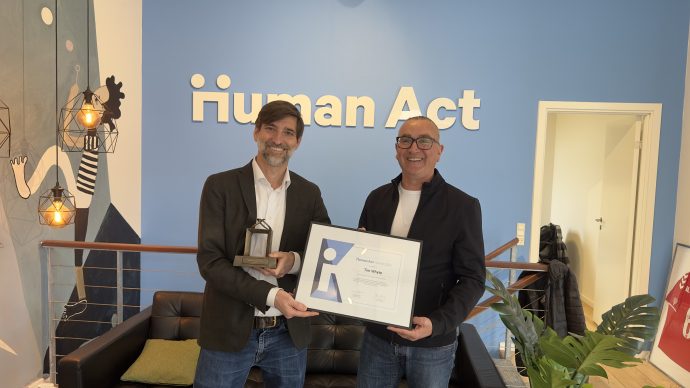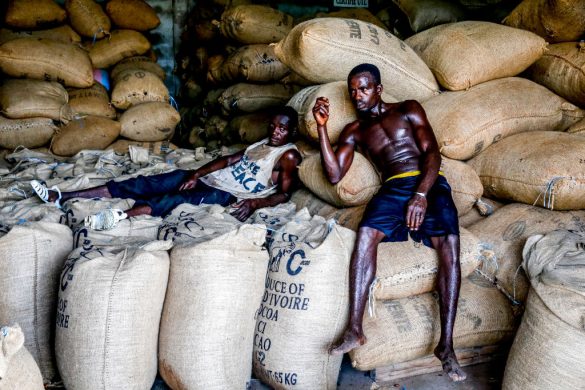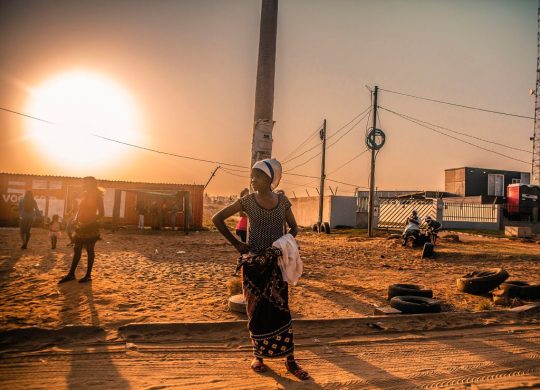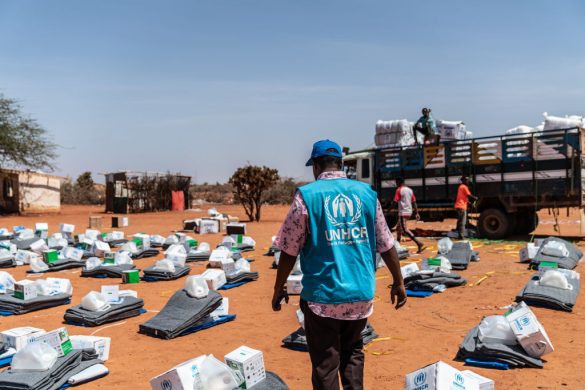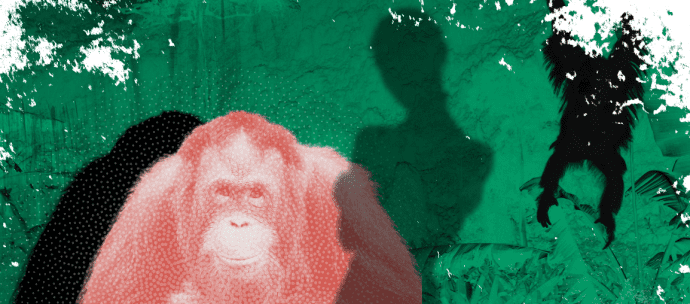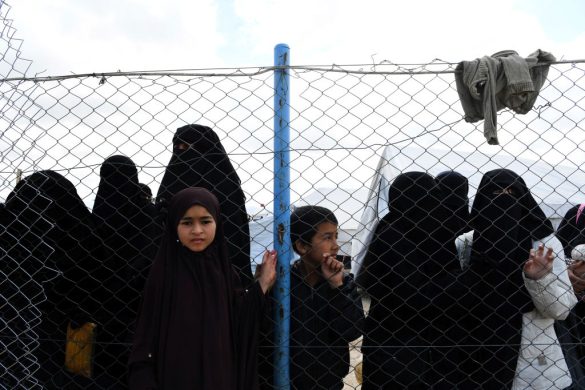The $996.4 -million plan launched by the Food and Agriculture Organization of the United Nations (FAO) and the World Organisation for Animal Health (OIE) today is the first phase of what will be a 15-year effort to eradicate PPR by 2030.
Major losses
FAO estimates some 300 million small-scale farming families worldwide depend on small ruminants for food and income.
To illustrate, a recent outbreak in India alone caused $180 million in losses, while a series of epidemics in Kenya in 2006-2008 killed 1.2 million small ruminants, causing losses exceeding $23.5 million and a drop in milk production of 2.1 million litres.
In all, the annual global damage due to PPR is estimated to be between $1.4 and $2.1 billion.
The virus also has a relatively short infectious phase and does not survive for long outside a host, making it an ideal candidate for a concerted eradication effort.
The plan for the first five-year phase of that effort is now ready to be put into action and consists of a global strategy backed by nine regional road maps.
How it works
The initial portion of the campaign is focused on countries where PPR is known to exist or where its status has never been assessed. It will involve activities to raise awareness among farmers, build their capacity to prevent and contain the disease, strengthen national veterinary health services and systems for control of PPR and other diseases, and implement targeted vaccination campaigns.
But the plan goes beyond disease eradication alone- it also aims to improve national production models and help herders build the strongest, most resilient livelihoods with their animal resources.
With this approach, the agencies are looking to harness the potential of animal husbandry as a path out of poverty and valuable source of nutrition for poor families.
Together, FAO and OIE will coordinate the global efforts of governments, regional organizations, research institutions, funding partners and livestock owners through the Joint PPR Global Secretariat, based in Rome.
Replicating the success of the rinderpest strategy
It is not the first time FAO and OIE join forces to rid the world of a costly plague. The PPR initiative is modelled on the successful effort to eradicate rinderpest, a similar disease affecting cattle, buffalo and wildlife, with global declaration of freedom in 2011. It was the first time an animal disease had been eradicated worldwide.
Meeting growing demand
With the world population set to rise to over 9.7 billion by 2050, small ruminant production is expected to rise with growing demand for meat and milk, growth that is generating new opportunities for producers, processers, and sellers. With that comes stronger interest from governments and industry to make supply chains more reliable and the movement of animals safer.
A pledging conference to secure financial support for the first five-year plan will be organized early next year.



